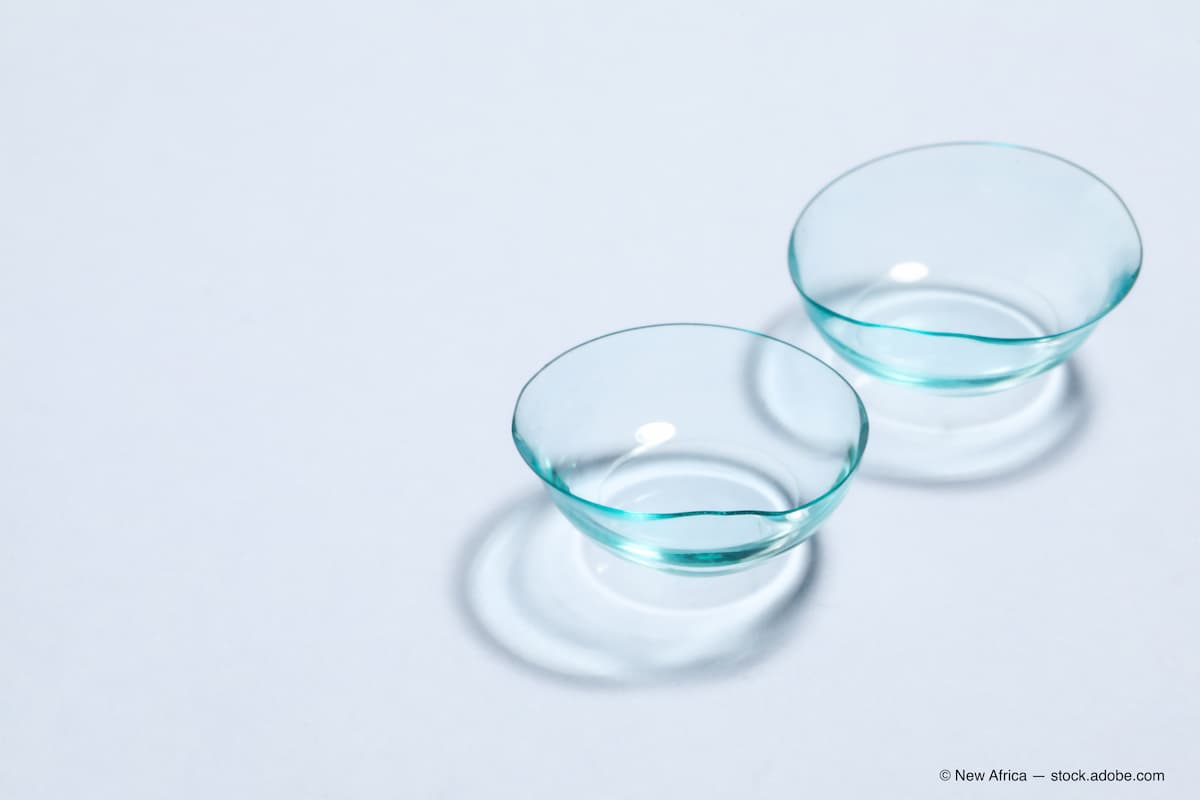CLI publishes comprehensive guide for eye care practices for contact lens success
The Contact Lens Institute (CLI) and The Vision Council published a collaborative effort titled “The Culture Calculation: Data-Backed Behaviors for Contact Lens Success.” This latest publication is part of the “See Tomorrow” research series.
The report identifies the most impactful professional factors through 2026 and highlights opportunities to reconsider some common behaviors. (Adobe Stock / New Africa)

The Contact Lens Institute (CLI) and The Vision Council published a collaborative effort titled, “The Culture Calculation: Data-Backed Behaviors for Contact Lens Success.” This latest publication is part of the “See Tomorrow” research series.
According to a press release from CLI, the new in-depth guide is “designed to help eye care practices enhance their contact lens cultures, in turn increasing patient satisfaction and practice business outcomes.”
Individuals who are interested can read or download the publication free in the resources section of the ContactLensInstitute.org.
The report, which is a 19-page, infographic-rich publication, combines the results of new quantitative research with practical insights and recommendations gleaned from optometrists, opticians, and technicians. The report identifies the most impactful professional factors through 2026 and highlights opportunities to reconsider some common behaviors.
Stan Rogaski, executive director of CLI commented, “We previewed portions of our culture data at Vision Expo West to tremendous response. Emphasizing the upside potential for speaking with more patients about contact lenses and holistically measuring their value to a practice really struck a chord.”
He continued, “The full report goes considerably further, identifying what factors have the most potential to drive a positive contact lens culture both today and over the next three years. Paired with our other 'See Tomorrow' projects and consumer data, it offers a customizable roadmap for eye care practices of all sizes.”
Factors identified
A survey on culture-building factors that might make the greatest difference if nurtured found that the members of the eye care community considered that education and training, in-office advocacy, and the emotional and professional benefits of prescribing contact lenses were important to them.
They also cited advancements in contact lens products/treatments and profitability as additional factors likely to have the greatest impact over the next 3 years.
“CLI members appreciate the strong enthusiasm for continued contact lens access and innovation—something the industry has done for decades, with more to come as manufacturers make sizable investments in R&D and production," Rogaski said.
"We are also excited to see the focus on practice management-related culture drivers in the near future. Our findings indicate considerable potential to rethink how contact lens profitability is structured and calculated, and the report offers guidance and perspectives from highly successful colleagues.”
On the flip side of the coin, clinicians also believe that online retail is the greatest perceived threat to contact lens culture. In response, the report includes both ways for practices to improve their competitiveness online and evidence-based commentary from Alysse Henkel, senior director of Market Research and Analytics for The Vision Council.
She pointed out that the organization’s consumer research indicated that the potential threat to the contact lens culture may not be as potent as thought because convenience is the primary reason for online contact lens purchases at 52%, which exceeded the effect of price at 39%. With online buyers reporting similar spending to in-person buyers, there’s considerable room for confident practices to market their convenience advantages to patients, she reported.
In addition to all the previous information, the report also includes a number of noted guest columnists from across the US.
Newsletter
Want more insights like this? Subscribe to Optometry Times and get clinical pearls and practice tips delivered straight to your inbox.